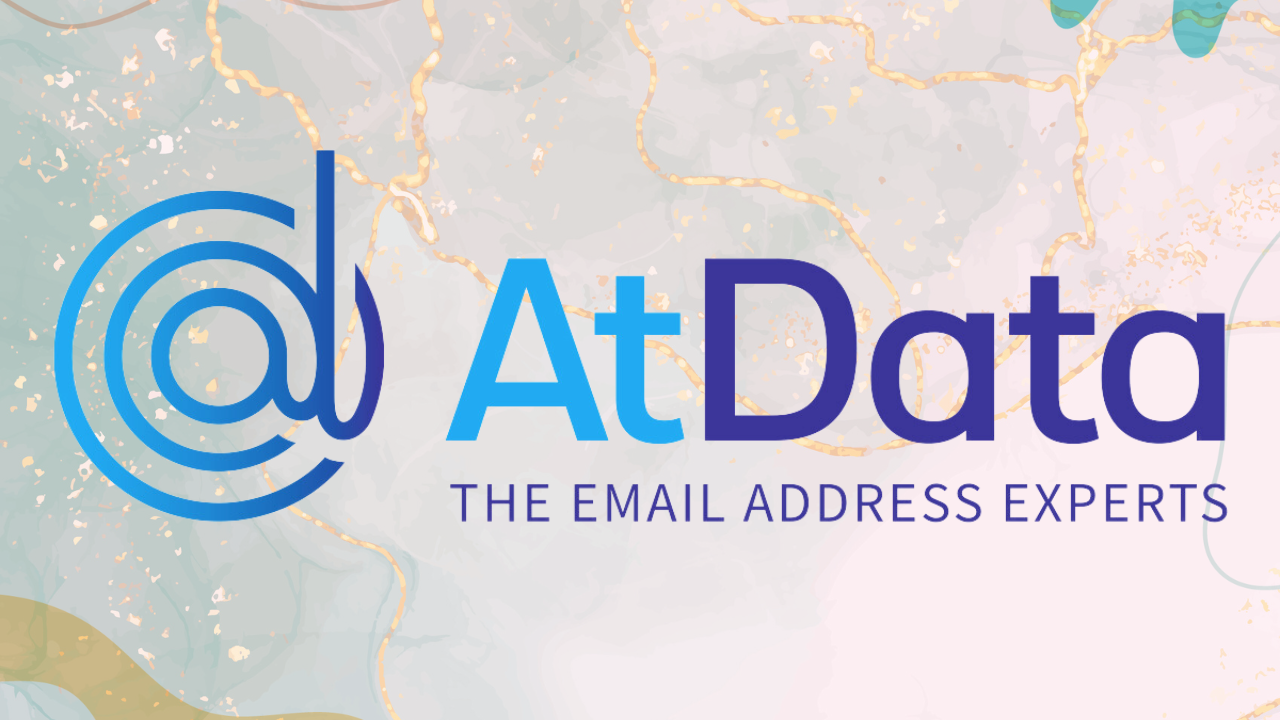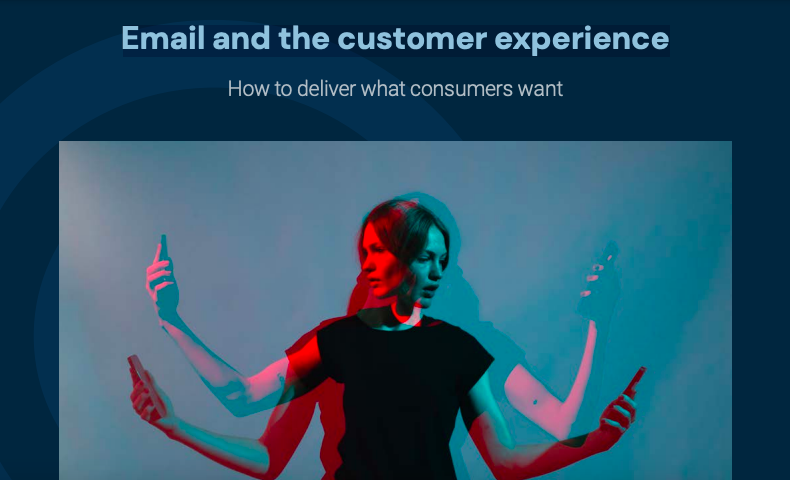Bulk email marketers need to stay updated with sweeping changes in email regulations. Gmail, as of October 2023 has announced that it is introducing additional security and antispam measures, poised to launch in February 2024. This change will impact those sending upwards of 5,000 emails per day to Gmail. This post outlines those changes and provides tips to help email marketers adapt accordingly.
Yahoo have similarly announced changes today, read about their bulk sender updates that appear to have been co-ordinated with Gmail here.
Gmail’s advanced AI does an impressive job of blocking 99.9% of spam and phishing emails. However, with evolving threats, Gmail is now demanding bulk senders validate their identities. They must also offer easy email unsubscription, and they must remain within defined spam thresholds.
Key Requirements for Bulk Email Senders
Effective from February 2024, Gmail will require bulk senders to:
- Authenticate their emails: Gmail will demand stringent authentication in line with standard practices. This step will help minimize exploits commonly used by attackers.
- Facilitate easy unsubscription: Large email senders will need to make unsubscribing user-friendly. Gmail users should be able to opt out of commercial emails with a single click, and such requests should be processed within 48 hours.
- Limit the amount of unwanted email: To protect its users from spam, Gmail will enforce a clear spam rate threshold that senders will be expected to maintain. This industry-first move promises to reduce inbox clutter significantly.
These prerequisites are generally acceptable as basic email hygiene. Senders now have until February 2024 to implement these necessary changes.
Email Authentication Instructions
Google recommends setting up Domain Keys Identified Mail (DKIM) to protect against spoofing and phishing attacks. DKIM ensures that the email sender’s address has not been manipulated by identifying when unauthorized changes are made to the “From” address in the message.
Google also regularly checks emails sent to personal Gmail accounts for their authenticity. They advise setting up a Sender Policy Framework (SPF) or DKIM for your domain. Email senders falling short of these requirements risk their messages being marked as spam or rejected outright.
Email Sending Guidelines
Bulk senders, from February 2024, will need to authenticate outgoing email, avoid sending unwanted or unsolicited email, and provide an easy unsubscribe option for recipients, especially for those who send more than 5,000 emails per day to Gmail accounts.
SPF, DKIM, DMARC, and ARC
All email accounts are advised to set up SPF, DKIM, DMARC, and ARC for their domains. The SPF prevents unauthorized messages appearing to be from your domain. DKIM verifies the domain owner is the author of the email. DMARC instructs receiving servers on how to handle unauthenticated messages, while ARC checks the previous authentication status of forwarded messages.
Ensuring Healthy Subscriber Lists
To maintain a good sender reputation, only send emails to people who want to receive them. Ensure recipients opt-in to your messages, confirm their email addresses before subscriptions are activated, and regularly send messages to confirm recipients want to stay subscribed. Importantly, always give your recipients an easy way to unsubscribe from your messages.
Professional Presentation of Emails
Ensure your emails are formatted correctly, have clear and visible sender information, and accurate, non-deceptive subject lines. Include only single-instance headers, avoid large message headers, and ensure web links in the message body are understandable.
Best Practices
When sending email, be consistent in your approach. Authenticate your email, use the same IP address to send emails to reduce the chance of your domain being identified as spam. Avoid impersonating other domains or senders, don’t buy email addresses, and don’t send messages if recipients didn’t subscribe, among other ethical practices.
By adhering to these guidelines, bulk email marketers can navigate Gmail’s new regulations, ensuring their emails continue to reach their intended audience while contributing to a more secure, user-friendly digital landscape.
5k+ Specific Rules
Starting February 1, 2024, senders who send more than 5,000 messages per day to Gmail accounts must meet the requirements in this section.
- Set up SPF and DKIM email authentication for your domain.
- Ensure that sending domains or IPs have valid forward and reverse DNS records, also referred to as PTR records. Learn more
- Keep spam rates reported in Postmaster Tools below 0.3%. Learn more
- Format messages according to the Internet Message Format standard (RFC 5322).
- Don’t impersonate Gmail From: headers. Gmail will begin using a DMARC quarantine enforcement policy, and impersonating Gmail From: headers might impact your email delivery.
- If you regularly forward email, including using mailing lists or inbound gateways, add ARC headers to outgoing email. ARC headers indicate the message was forwarded and identify you as the forwarder. Mailing list senders should also add a List-id: header, which specifies the mailing list, to outgoing messages.
- Set up DMARC email authentication for your sending domain. Your DMARC enforcement policy can be set to none. Learn more
- For direct mail, the domain in the sender’s From: header must be aligned with either the SPF domain or the DKIM domain. This is required to pass DMARC alignment.
- For subscribed messages, enable one-click unsubscribe and include a clearly visible unsubscribe link in the message body. Learn more
If you send more than 5,000 emails per day before February 1, 2024, follow the guidelines in this article as soon as possible. Meeting the sender requirements before the deadline may improve your email delivery. If you don’t meet the requirements described in this article, your email might not be delivered as expected, or might be marked as spam.







